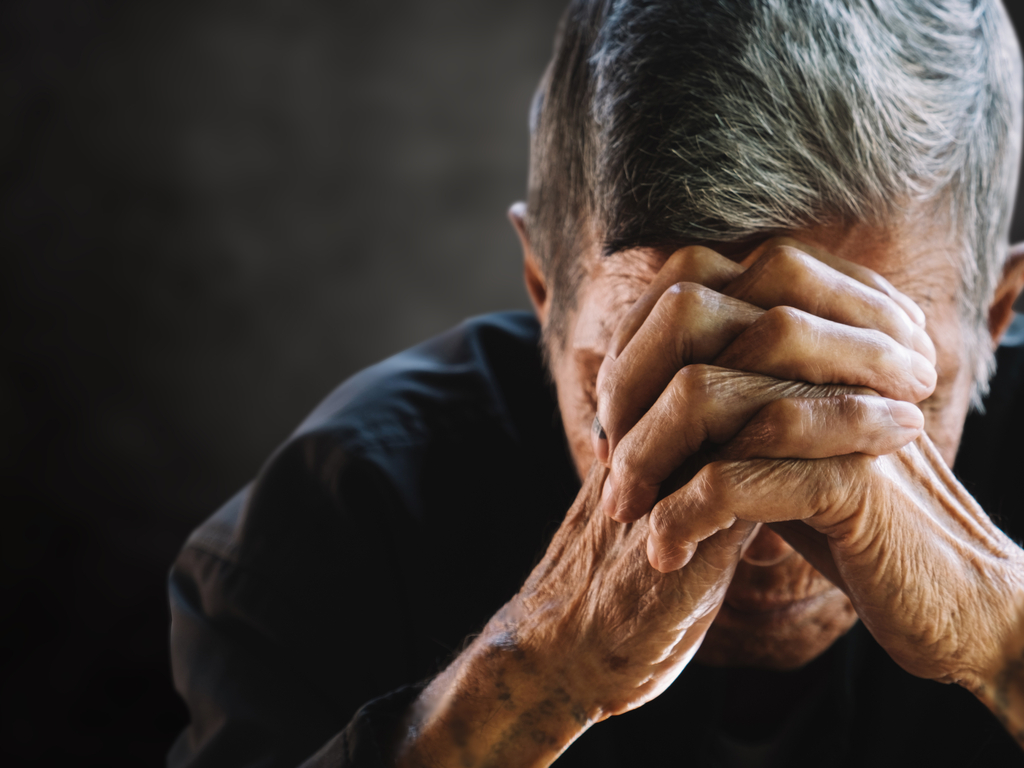
Are you feeling lost or in despair and are these emotions hard to describe? Do not worry. We can help you learn how to describe hopelessness.
Hopelessness is something we all deal with, so it is bound to happen! Despite it being a common emotion, hopelessness is hard to pin down. Here is a thorough description of hopelessness:
Hopelessness is a common emotion defined by a feeling of despair or helplessness. Various factors can be involved in helping you feel this way. For instance, your feelings can include loss, feeling helpless, death, failure, and circumstances beyond our control. In fact, hopelessness can show itself both physically and mentally. At its strongest, hopelessness can lead us to question our existence and even lead to self-harm or even suicide.
How to Describe Hopelessness?
At some point in our lives, we will all run into hopelessness. Most often, it is defined by a feeling of despair, desperation or unimportance.
These feelings may be brought on by an event that causes you to question your role in the world. Most typically, hopelessness is born out of loss, whether emotional, mental or physical.
Are There Different Forms of Hopelessness? How to Describe them?
Feelings of hopelessness can take many forms and can stem from several different factors. Hopelessness can be contained into nine individual categories, which include:
- Alienation: A feeling of being alone, that the people around you view you as lesser than.
- Forsaken: A feeling of abandonment, or rejection.
- Lack of inspiration: Feeling a lack of mental stimulation that you are no longer satisfied.
- Powerlessness: The feeling of having no control over your life. You have no influence over the people around you because you lack the authority to make decisions.
- Oppression: The feeling of hopelessness that comes with being treated “lesser than”. Such forms of desperation can stem from racism, sexism, homophobia and other forms of bigotry.
- Limitedness: A feeling that you are being held back by the current parameters surrounding your life, e.g. social or political status.
- Doom: A sense of helplessness, that no matter what you do, nothing can change the inevitable outcome. Typical stems from facing events beyond our control e.g. terminal illness
How Hopelessness Manifests Itself?
The ways how hopelessness can manifest itself are many. It can surface mentally, or it can be physical. But most importantly, hopelessness is different for everyone. We all experience hopefulness differently and to varying degrees of intensity.
Physical Manifestations
Hopelessness can take the form of a physical reaction. Feeling despondent and a general lack of helplessness can cause panic attacks, excess sweating, and increased heart rate. Also, difficulty breathing or tightness in your chest could be experienced.
Such symptoms are a direct response to feeling hopelessness for anxiety. Remember, these signs typically occur as an immediate response to an action or a physical confrontation.
Mental Manifestations
Hopelessness can also manifest itself mentally. It can lead to you questioning your existence in the world.
It can be as small as contemplating your existence when faced with the vastness of our world.
However, when hopelessness is strongest, you may even think about whether life is worth living. As a result, you may think that the people around you would be better off if you were dead.
Final Thoughts on How to Describe Hopelessness
Ultimately, hopelessness is something that we will all inevitably face at some point in our lives because it cannot be helped. Remember, feeling hopeless is perfectly natural and is a rational response when faced with trauma or some sort of loss.
That being said, hopelessness should not be all-consuming. Dwelling too long on these thoughts can take a great strain on you and can potentially lead to depression.
Ideally, by identifying and describing hopelessness to you it can better be identified. Above all, it is helpful to find it’s causes and symptoms and seek the proper treatment if necessary.
https://psychcentral.com/anxiety/the-9-types-of-hopelessness-and-how-to-overcome-them#how-to-combat-feeling-hopeless
https://www.merriam-webster.com/dictionary/hopeless
Hope in the Age of Anxiety by Anthony Scioli, Henry B. Biller
